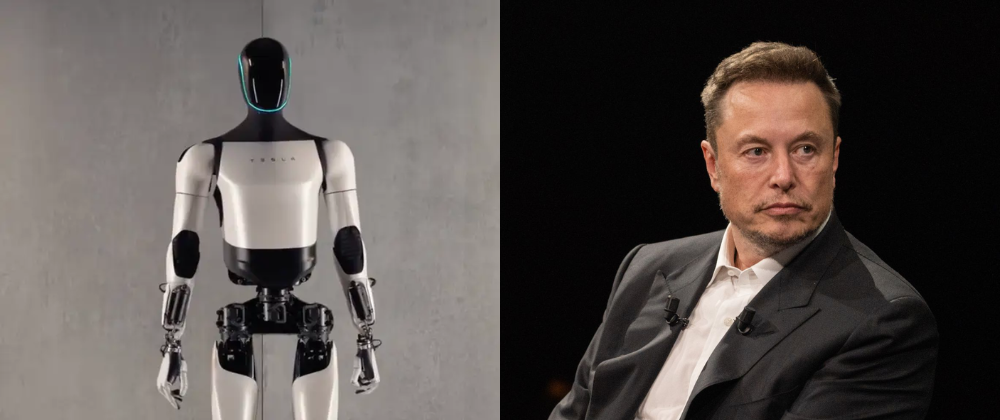Tesla CEO Elon Musk recently provided significant updates on the company's ambitious Optimus humanoid robot project, revealing plans for low production aimed at internal use in 2025, with hopes for higher production levels for external clients by 2026. This announcement underscores Tesla's commitment to advancing robotics technology, which was first introduced during the company's Artificial Intelligence Day three years ago.
Project Overview
The Optimus humanoid robot is designed to perform mundane and repetitive tasks, potentially revolutionizing labor in various sectors. Musk emphasized that the robot's primary focus will be on tasks that humans typically find tedious. He stated, “For the Tesla bot, it’s going to start with work that is boring and repetitive, basically work that a person would least like to do”. This aligns with Tesla's broader vision of leveraging artificial intelligence to enhance productivity and efficiency.
Timeline and Production Plans
Initially, Musk had projected that operational units of Optimus would be ready for deployment in Tesla factories by 2022. However, the timeline has proven optimistic, as the project has faced delays. While some prototypes have been utilized for basic tasks, the full capabilities of the humanoid robot are still in development. Musk's latest comments indicate a more cautious approach moving forward, with a focus on ensuring that the robots can navigate their environment autonomously and execute complex instructions without explicit guidance.
Musk tweeted, “Tesla will have genuinely useful humanoid robots in low production for Tesla internal use next year and, hopefully, high production for other companies in 2026”. This statement reflects a shift towards a more realistic timeline, acknowledging the challenges inherent in developing a fully functional humanoid robot.
Recruitment and Development
In anticipation of the upcoming production phases, Tesla has been actively recruiting talent for the Optimus project. The company has ramped up job postings, particularly seeking experts in field testing to refine the robot's capabilities. This hiring initiative suggests that Tesla is serious about accelerating the development of Optimus and is preparing for a significant rollout in the coming years.
Implications for the Future
The implications of the Optimus project extend beyond Tesla's factories. If successful, the humanoid robots could be utilized across various industries, potentially transforming sectors that rely heavily on manual labor. By automating repetitive tasks, companies could improve efficiency and reduce labor costs, although this raises questions about the future of work and the impact on employment.
Musk's vision for the Optimus robot aligns with broader trends in automation and artificial intelligence, where companies are increasingly looking to integrate advanced technologies into their operations. The success of the Optimus project could position Tesla as a leader in the robotics space, further diversifying its portfolio beyond electric vehicles and energy solutions.
As Tesla moves forward with the Optimus humanoid robot project, the updates from Musk highlight both the potential and the challenges of developing such advanced technology. With low production slated for internal use in 2025 and hopes for broader availability in 2026, the world will be watching closely to see how Tesla navigates the complexities of robotics and automation. The success of this project could redefine not only Tesla’s future but also the landscape of work across various industries.







Top comments (0)